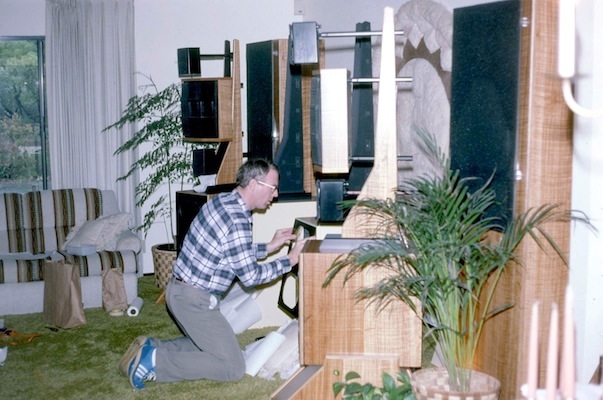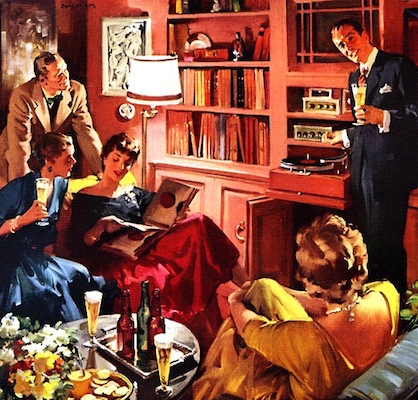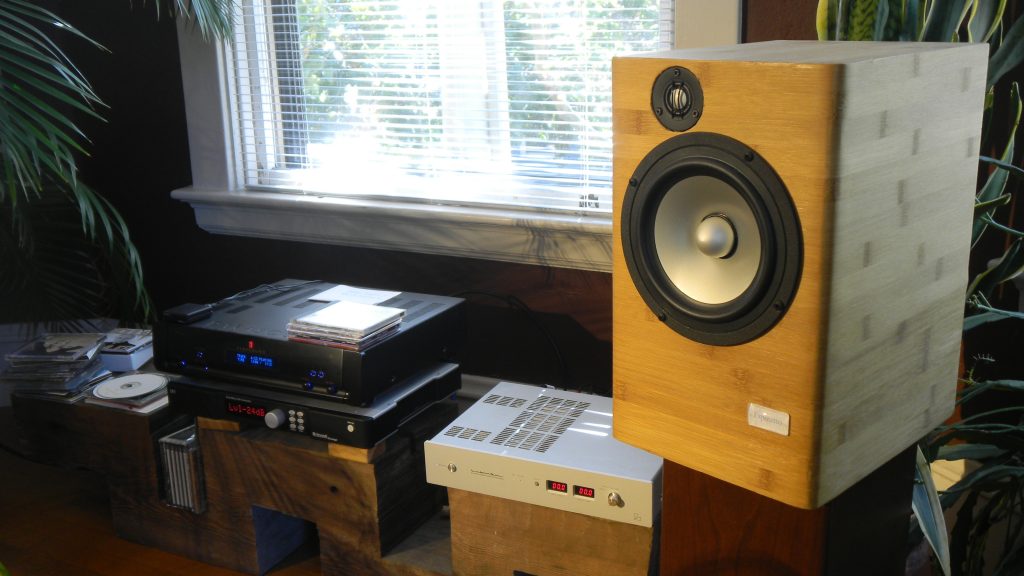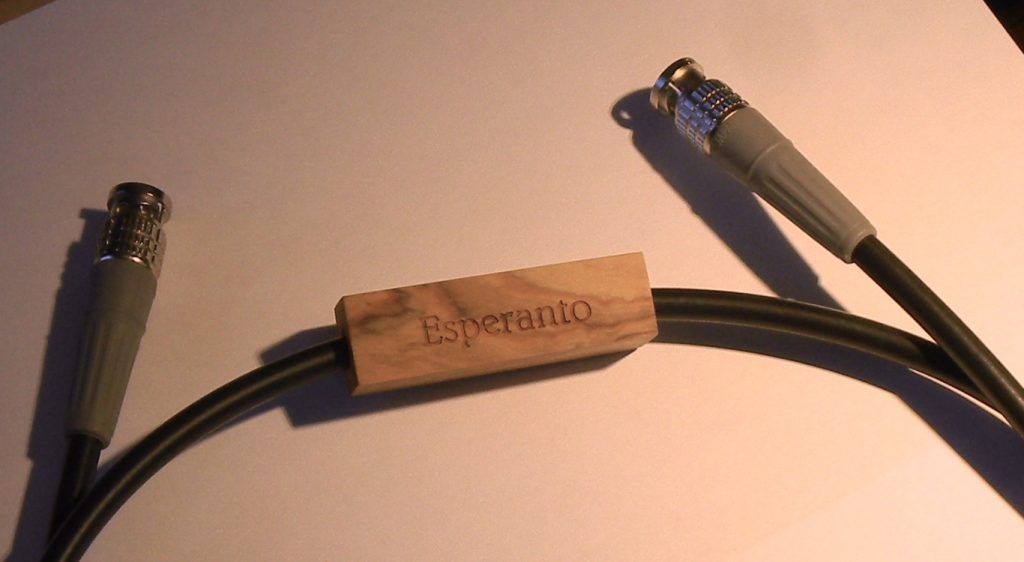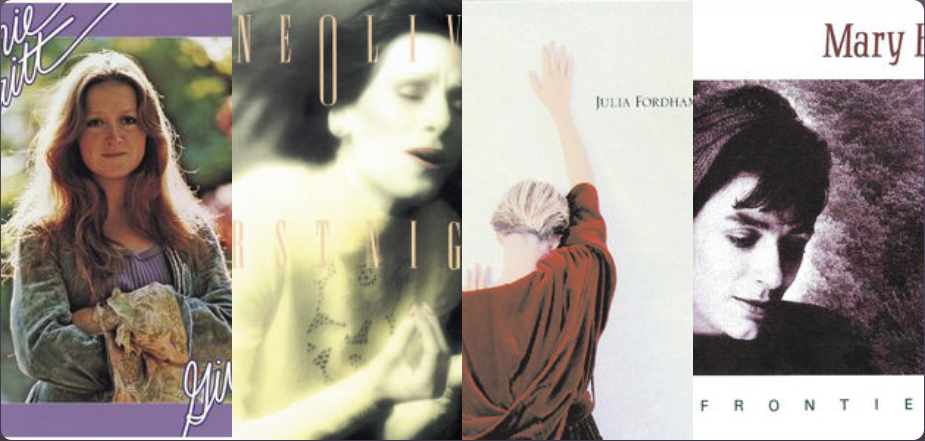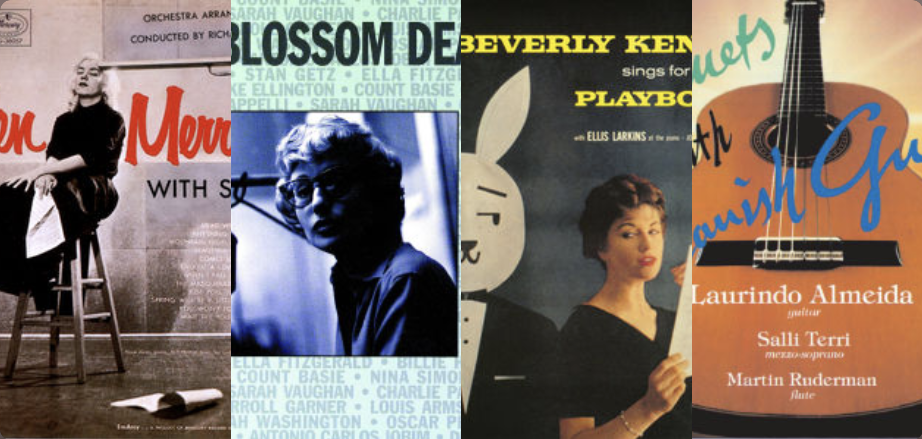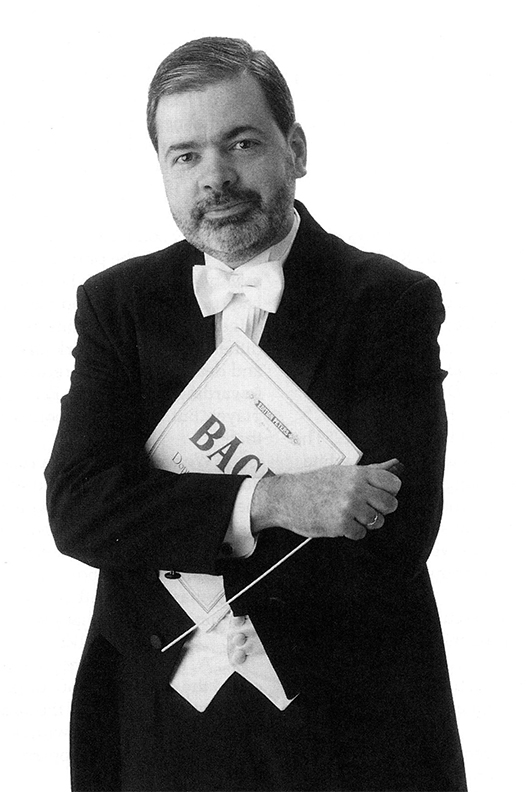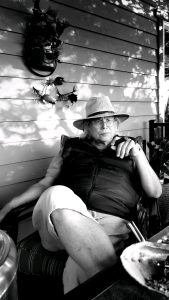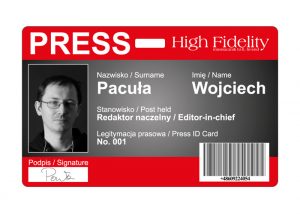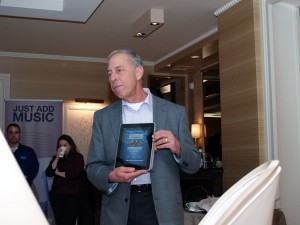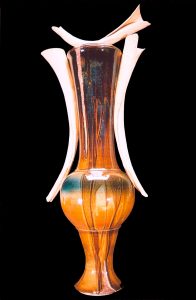The world of fine audio was rocked by the news of David Wilson's passing. In this memoriam, our good friend John Marks, the editor of The Tannhauser Gate, reflects on David's contributions to the industry, and how he helped to set the foundations for modern high-end audio.
I echo John's prayer for his eternal rest and peace....
Dr. David W. Robinson, Ye Olde Editor
David Wilson, assembling a WAMM loudspeaker, 1986. Courtesy of Wilson Audio.
In Chicago in 1972, Peter McGrath was holding down a part-time job in a stereo store, while he pursued his graduate studies in fine art.
For those who were not alive and aware at the time, the early 1970s witnessed the dawning of the second Golden Age of Hi-Fi. The first Golden Age encompassed the late 1940s through early 1960s. Pioneering companies included Fisher, McIntosh Laboratory, and Marantz (electronics); Klipsch (horn loudspeakers); QUAD (electrostatic loudspeakers, and electronics); and Acoustic Research (acoustic-suspension loudspeakers, and turntables). The great hi-fi companies of the 1950s established the component stereo system (consisting of a turntable and sometimes a tuner or reel-to-reel tape deck, vacuum-tube amplification, and loudspeakers) as a vital part of what was understood to be "the good life."
I think it is tremendously important to point out that although hi-fi started out as a hands-on hobby for technically-inclined males, by the late 1950s, high-quality music playback in the home via stereo components was almost universally regarded as something to aspire to—even if in many cases, people had to settle for suitcase stereos or the massive pieces of furniture called console stereos. Going back and reading general-circulation magazines of the 1950s (as well as male-oriented magazines such as Esquire and Playboy), one is struck by the prevalence of advertisements for hi-fi components and loudspeakers, as well as for "culturally improving" book and record clubs.
More context, backstory, and appreciations of David A. Wilson below.
A listening party in the 1950s with what may be Eico electronics and a Rek-O-Kut turntable.
The many virtues of 1950s hi-fi (including overall listenability, low fatigue factor, and a lifelike midrange presence) were not enough to save such products when the commercialization of the power transistor coincided with the popularity of power-hungry acoustic-suspension loudspeakers. In all that, not to be ignored is the rationalist fanatic's fixation on things that can be "objectively" measured.
So, the first Golden Age was followed by an Age of Tin; or, if you prefer, the Age of Boom and Sizzle. The "midrange magic" formerly taken for granted often was gone; but at least the components measured better! That might have been good enough for people who chose their equipment by evaluating the claims in advertisements in Stereo Review magazine. Fortunately, true believers in the transformative capabilities of great music played back on truly great-sounding equipment were waiting in the wings, preparing for their turn on stage. True believers such as Dave Wilson.
These audio visionaries all had in common excellent ears and the thirst to hear the finest possible audio reproduction in the home (as well as having enviable work ethics, and the courage to take risks on their quests). The second Golden Age of Hi-Fi came about when these visionaries set out to surpass the status quo—each according to his interests and capabilities. But the over-arching rubrics were the convictions that not everything that could be measured was important; that not everything that was important could be measured; and therefore, the true test of audio performance was listening by a trained listener.
The second Golden Age brought about:
- A re-examination and in many cases the embrace of vacuum-tube electronics;
- A closer inquiry into getting the best sound out of vinyl LPs; an inquiry that to a large part depended upon counter-intuitive explorations such as the Linn Sondek;
- Alternative polyradial, omnidirectional, or panel-speaker loudspeaker designs from Shahinian, Carlsson (Sonab), Walsh (Ohm), Magnepan, Acoustat, and others.
- The growing realization that wires and cables had been a bottleneck hampering sound reproduction, starting with Bob Fulton's "outrageous" Gold loudspeaker wire (at the time, $4.00 per foot).
- A sharpened focus on purist/minimal signal chains while making recordings, including direct-cut LPs, as exemplified by early Sheffield Lab and Crystal Clear recordings.
Peter McGrath's 1972 stereo-store customer was an earnest, dedicated young man on a mission—to make the best-quality tape recordings anyone ever had. David Wilson's day jobs had been in the pharmacy and medical-technology industries, but his avocation was making high-quality recordings of church choirs. Peter McGrath sold Wilson a vacuum-tube stereo preamplifier by Audio Research Corporation. But rather than use the ARC preamplifier in a home playback system, Wilson redesigned and modified it function as a high-quality vacuum-tube microphone preamplifier.
When Peter McGrath told me this story years ago, I was so impressed by the counter-intuitive thinking (and I remain impressed). But once you get past the "Ah-ha!" moment, it is rather obvious that scaling up a microphone's output is not that dissimilar an engineering challenge from scaling up a phono cartridge's output. In 1972, there were lots of commercially-available microphone preamplifiers. But most of them were made for non-critical uses such as AM radio broadcasting. Dave Wilson took the position that what was already out there was not good enough for the recordings he wanted to make, and so he applied his scientific background to solving the problem from a starting place of no preconceived notions. That's the bold kind of thinking and fastidious practical application that made the Second Golden Age of Hi-Fi a Golden Age.
Wilson took the same approach when it came to playback-monitoring loudspeakers. He expended much time and brainpower on the problem of time alignment, that is, co-ordinating the launch times of the wavefronts from tweeter, midrange, and woofer properly to integrate at the listening position recreate the harmonic structure and spatial localization cues of the original performance. The result was Wilson's "WAMM" loudspeakers, four columns each six feet six inches tall, weighing in total more than 1,000 pounds. The "Unique Selling Proposition" of the WAMMs was their modular design, which allowed the physical distance from the midrange and treble drivers to be adjusted for the listening room and listening position (Please refer to the top photo.). Wilson took his loudspeakers out to trade shows, only to find out that some people were more interested in his loudspeakers than in his recordings. The rest, as they say, is history.
I think it significant that even when Wilson Audio had captured more than 50% of the market for loudspeakers costing over $10,000 a pair, Dave Wilson continued to regard Wilson Audio Specialties' first business as making recordings. In an interview in 1990, at a time when the modular WATT/Puppy combination was the best-selling loudspeaker over $10,000/pr., Wilson told Stereophile‘s John Atkinson: "The WATT, like the WAMM, was originally designed as a reference loudspeaker tool, because, believe it or not, Wilson Audio is primarily a recording company."
Wilson Audiophile Definitive Recordings put out 27 commercial releases on LP and CD between 1977 and 1995. I am of course biased, but I think that the Dave Wilson recording that does the best job of refuting (Gordon) Holt's Law (that in "audiophile" recordings there is often an inverse relationship between the quality of the recorded sound and the value of the performance as music-making) is Hyperion Knight's début LP of Beethoven's "Waldstein" sonata coupled with Stravinsky's solo-piano "Scenes from Petrushka."
Hyperion Knight was kind enough to share his thoughts:
My first meeting with Dave Wilson had all the characteristics of most of our meetings: it was both delightful and quirky. He came to audition me for his new record label at the home of a mutual friend, on an upright piano. His overwhelming passion for music, for sound, and for friendship were all in abundant display, and we quickly inked a deal for me to make several discs for Wilson Audiophile Definitive Recordings. Over the years I became close with his family, and his wonderful wife Sheryl was there every step of the way to help and guide us. The Wilsons are a remarkable family, just as remarkable as the man who blazed so many new trails in the world of audio. Dave will be missed by those of us lucky enough to have known him, as well as by the countless thousands who were touched by his work.
My most lasting impression of Dave and Sheryl Lee Wilson dates back to the early 1990s and one of the earliest audio shows I attended (or perhaps it was a Winter CES). This was at a time when the Wilsons were still actively promoting their recordings, and so instead of a hotel room or suite with loudspeaker playback, their display was in a typical trade-show "pipe and drape" booth. The owners of the company stood behind a table covered with recordings, chatting people up. On the last day of the audio show (a Sunday), though, the booth was empty, and the Wilsons were nowhere to be found. Ah-ha, I quietly said to myself. There are 613 what I call "Tactful Suggestions" in the Five Books of Moses. One of them is:
Remember the Sabbath day, to keep it holy. Six days you shall labor, and do all your work, but the seventh day is a Sabbath to the LORD your God. On it you shall not do any work, you, or your son, or your daughter, your male servant, or your female servant, or your livestock, or the sojourner who is within your gates. For in six days the LORD made heaven and earth, the sea, and all that is in them, and rested on the seventh day. Therefore the LORD blessed the Sabbath day and made it holy.
I was impressed then, and I remain impressed now. Dave Wilson and his best friend, his wife Sheryl Lee, charted the course for the most successful high-end loudspeaker company ever, while along the way making some truly memorable recordings. But I am confident that for them, faith and family came first.
Eternal rest grant him, O Lord.




